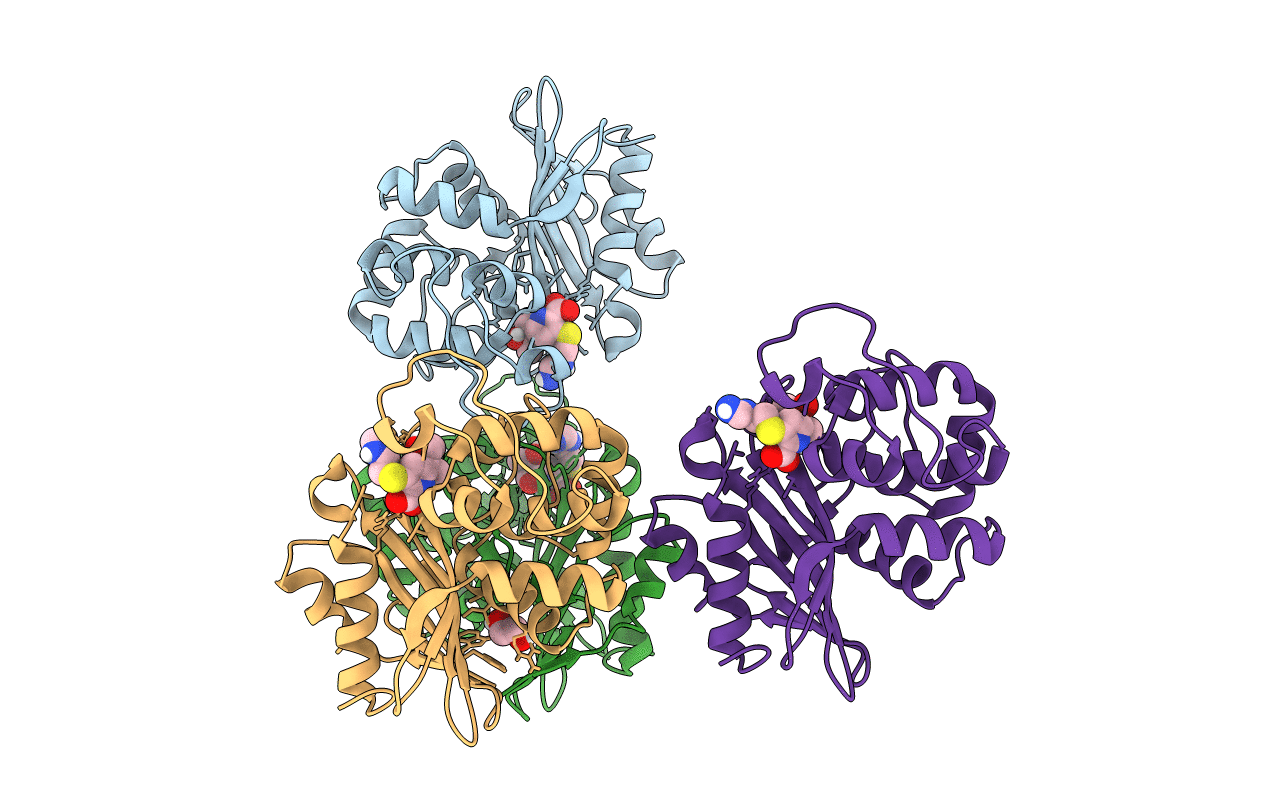
Deposition Date
2017-07-11
Release Date
2018-01-10
Last Version Date
2023-11-15
Entry Detail
Biological Source:
Source Organism:
Klebsiella pneumoniae (Taxon ID: 573)
Host Organism:
Method Details:
Experimental Method:
Resolution:
1.95 Å
R-Value Free:
0.21
R-Value Work:
0.18
Space Group:
P 21 21 21


